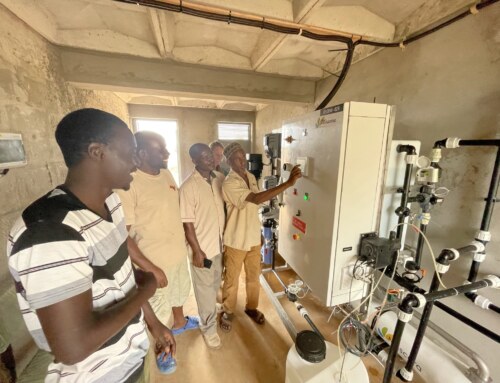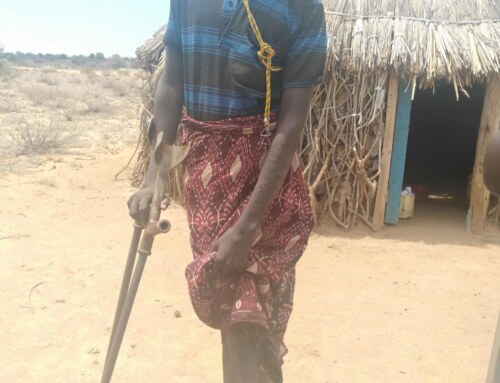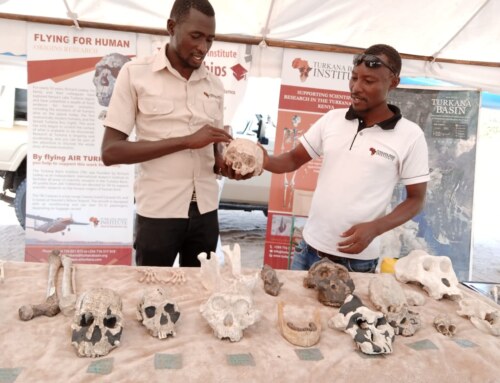The Kerio Delta where the Kerio River enters Lake Turkana is an area with potential for beekeeping. Wild honeybee colonies were observed to be abundant. They were located in Acacia tortilis trees and small caves along the Turwel River.
In search of sustainability in the era of climatic changes, TBI engaged in discussions with two communities on their adaptation plans to climatic changes, discussing possible projects that would not only be environmentally friendly but be economically viable. The discussions ranged from needs to possible solutions, and one of the projects that came up was bee keeping project. This would not only be an income generating activity but would also be environmentally sustainable. Such engagements and consultations create a sense of ownership and greater appreciation by the communities.
The first baraza was at Nadoto sub-location where the men and women and youth came together and discussed a possible bee keeping project. Asking questions which especially brought the lack of modern technology bee keeping among the old and a loss of knowledge in the traditional bee keeping among the youth, we spent time using the support of entomologist Dino Martins to explain the various kinds of bee hives and the trainings that the community would need in regard to the bee keeping from the first step to the honey harvest.

We went on to Kakimat, where only the men attended the meeting as I kept urging the Assistant Chief Joseph to call on the women to join in the discussions. Few of them joined the baraza but did not contribute at all as discussions of how and where the bee hives would be set up and suggestions made on the work plan. However first things first, as they set up their various groups, there is a need to register the groups so that there is some order in the work as well as an accountability of the funds at the time of sale.

With the basic understanding of beekeeping and an agreement to undertake trainings as the project goes on, step by step, we are convinced on the ownership of the projects by the community and not another case of spoon feeding, we now have started working on the construction of the first bee hives, which is a mix of both traditional and modern technology.
Now with the designs based on the environment setting, we now start construction of the hives, a mix of modern and traditional designs, with the hope of honey production for sale and medicinal purposes among community members, while we facilitate community education on the use of the by products as we use both research and traditional knowledge to support food security and economic empowerment of a people with a sense of environment conservation.







